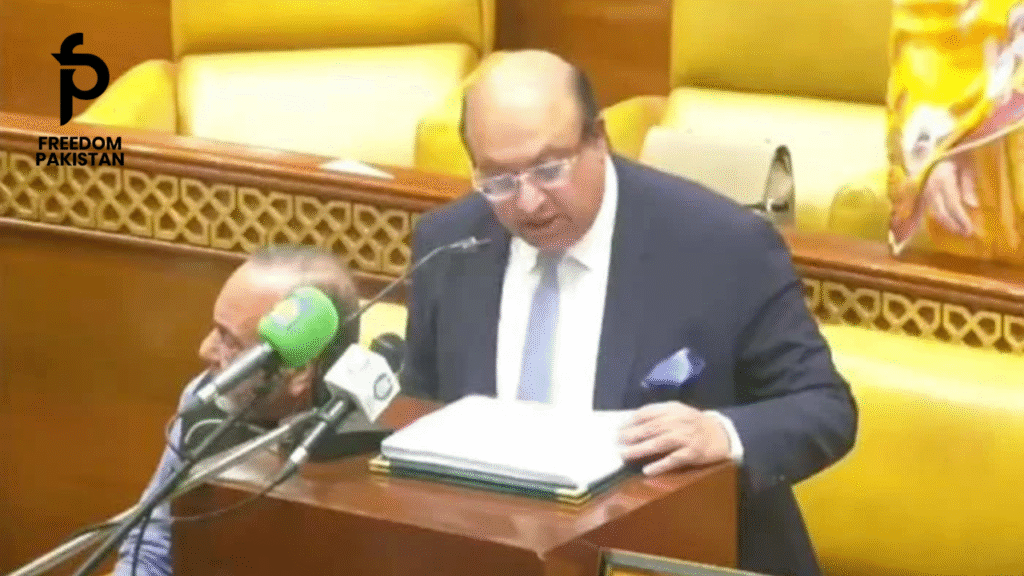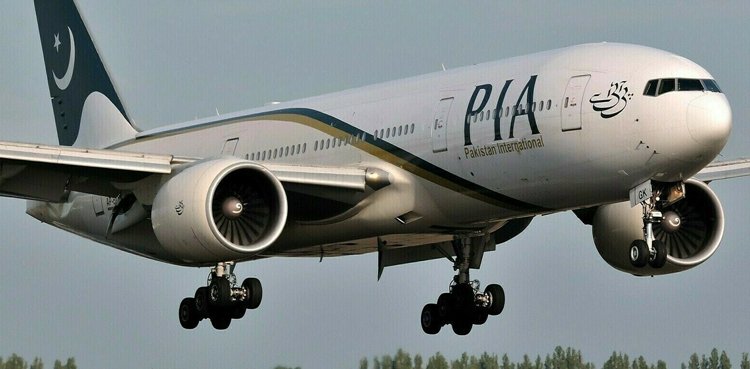Introduction
In a bold move to address the economic challenges faced by the working-class population, the Punjab government has unveiled its budget for the fiscal year 2025, which amounts to an impressive Rs. 5.33 trillion. Among the most notable provisions in the budget are the substantial raises in government employees’ salaries and a significant increase in the minimum wage. These measures are aimed at addressing inflationary pressures, improving the living standards of public sector employees, and providing a much-needed boost to the province’s economy.
This article will delve into the specifics of the Punjab budget 2025, the reasons behind these wage hikes, their anticipated impact on the economy, and how they reflect the government’s focus on uplifting the socio-economic conditions of the people.
Total Budget Breakdown
The Punjab budget 2025 totals Rs. 5.33 trillion, marking a significant increase in the overall allocation for public welfare, infrastructure, and social services. With a focus on economic recovery, the budget is set to inject substantial funds into critical areas, with the government prioritizing sectors like infrastructure, education, health, and social welfare.
Among these key allocations, a significant portion is dedicated to salary increases for government employees and boosting the minimum wage. These initiatives reflect the government’s commitment to improving the financial situation of its workforce, particularly those in lower income brackets.
Additionally, the Punjab government has outlined plans to invest heavily in infrastructure projects, with a focus on roads, bridges, public transportation, and urban development. This infrastructure push is designed not only to modernize the province but also to provide thousands of new jobs for the local population, further bolstering the overall economic development.
Raise in Government Employees’ Pay
One of the most significant decisions in the Punjab budget 2025 is the decision to increase the salaries of government employees across the board. The salary hikes will impact employees in BPS 1-22, providing them with much-needed financial relief in the face of rising inflation and increased cost of living.
The percentage increase in salaries varies, with the highest raises likely to be given to lower-paid employees, including those working in essential services. This decision reflects the government’s recognition of the critical role that public sector workers play in the daily functioning of the province and their ongoing struggle with economic challenges.
Reasons for the Raise:
-
Inflation Adjustment: The salary increase is, in part, a response to inflation, which has significantly eroded the purchasing power of employees.
-
Cost of Living: With the cost of living rising across the country, the government has taken proactive steps to help public sector employees manage their financial needs.
-
Public Sector Morale: Boosting employee morale is another key reason for the pay raise. By improving the financial well-being of its employees, the government hopes to increase productivity and public service delivery.
This increase in government employee pay comes as part of the broader push to enhance the welfare of the working-class population. The decision is also expected to reduce public sector attrition rates, as many employees have been seeking better-paying opportunities in the private sector.
Minimum Wage Increase
In addition to the salary hikes for government employees, the Punjab government has also announced a minimum wage increase. The minimum wage, which was previously set at Rs. 37,000, will now be raised to Rs. 40,000 per month, providing a much-needed boost for low-income workers.
The minimum wage increase is particularly significant for those employed in sectors like construction, retail, hospitality, and agriculture. Many of these workers have faced financial hardship due to inflation and rising living costs. The wage hike aims to address these challenges, providing a better standard of living for low-income families.
Purpose of the Raise:
-
Cost of Living: The cost of essential goods, including food, fuel, and housing, has risen sharply in recent years. The wage increase is designed to help workers meet these rising costs.
-
Socio-Economic Upliftment: Raising the minimum wage aligns with the government’s goals of reducing poverty and improving the living conditions of the working class.
-
Economic Stimulation: By increasing the minimum wage, the government hopes to stimulate local consumption, which could have a ripple effect on Punjab’s economy.
This raise is expected to impact thousands of low-income workers across Punjab, offering them greater financial stability and an improved quality of life.
Polygraph refusal might weaken Imran’s case: ATC judge
You Can Also Read This
Economic and Social Impact
The salary raises and minimum wage increase are expected to have far-reaching effects on both the economy and society in Punjab. These measures will help address the growing inequality between different income groups and create a more equitable economic environment.
Stimulating the Local Economy:
-
Increased disposable income for government employees and low-wage workers will likely result in higher consumption, which will stimulate demand for goods and services.
-
With more money in their pockets, workers will be able to spend on essentials and non-essentials, helping local businesses grow and creating a more vibrant local economy.
Improving Living Standards:
-
The pay raise for government employees and minimum wage increase will lead to better living standards for workers and their families. This, in turn, can reduce socio-economic disparities and improve the quality of life in Punjab.
-
For workers in essential sectors, such as healthcare, education, and law enforcement, the salary increase can provide a much-needed sense of recognition and motivation to continue their important work.
Job Creation:
-
The government’s focus on infrastructure development in the budget is expected to generate numerous employment opportunities for both skilled and unskilled laborers, further enhancing economic stability.
-
The private sector could also benefit from these changes, as a more financially stable workforce would lead to increased productivity and consumption.
Allocation for Social Welfare and Public Services
In addition to pay raises, the Punjab budget 2025 allocates significant funds for social welfare programs aimed at improving healthcare, education, and poverty alleviation. These initiatives are designed to benefit the broader population, particularly marginalized communities.
-
Education and Health: A large portion of the budget will go toward improving the education and healthcare systems in Punjab. This includes building new schools, hospitals, and increasing the availability of essential services in rural areas.
-
Poverty Alleviation: The government has committed to increasing spending on social welfare programs, including food security initiatives and direct cash transfers for the most vulnerable segments of society.
Public and Political Reactions
The Punjab budget 2025 has garnered mixed reactions from various stakeholders. On the one hand, government employees and labor unions have welcomed the pay raise and minimum wage increase as a much-needed step in the right direction. On the other hand, opposition parties have criticized the budget for its focus on salary hikes, arguing that the government should prioritize other areas such as healthcare and education.
Political Perspectives:
-
Support from the ruling party: The ruling party has defended the budget, stating that the wage increases are vital for improving the lives of the working class.
-
Criticism from opposition parties: The opposition has argued that the budget fails to address long-term issues such as job creation and economic diversification.
Criticism and Challenges
While the salary increases and minimum wage hikes are widely viewed as positive steps, there are several concerns that critics have raised regarding the sustainability and long-term effects of these decisions.
-
Fiscal Sustainability: One of the primary concerns is whether the Punjab government can sustain such large salary increases without running into fiscal deficits in the future.
-
Implementation Challenges: There are concerns about how effectively the pay hikes and minimum wage increases will be implemented across all sectors.
-
Inflationary Pressures: While these wage increases are meant to help employees cope with inflation, there are concerns that the increase in disposable income could lead to further inflationary pressures, especially if not matched by corresponding increases in productivity.
Future Projections and Long-Term Impact
Looking ahead, the salary raises and minimum wage increases are expected to have a positive long-term impact on Punjab’s economy. By boosting the purchasing power of employees, the government is fostering a more inclusive economic recovery. However, the government must also ensure that these wage increases do not lead to unsustainable fiscal policies.
Job Creation and Economic Growth:
-
The focus on infrastructure development in the budget is expected to create thousands of jobs, which will reduce unemployment and further bolster economic growth.
-
The wage increases will help enhance consumer confidence, leading to more investments and a more vibrant economy in Punjab.
Conclusion
In conclusion, the Punjab budget 2025 represents a bold and progressive step toward improving the lives of government employees and low-income workers. With salary hikes and an increase in the minimum wage, the government is prioritizing the well-being of its workforce, which will, in turn, contribute to economic growth and social stability. While there are challenges ahead, particularly in terms of fiscal sustainability, the proposed changes signal a strong commitment to improving the living standards of the people of Punjab.




